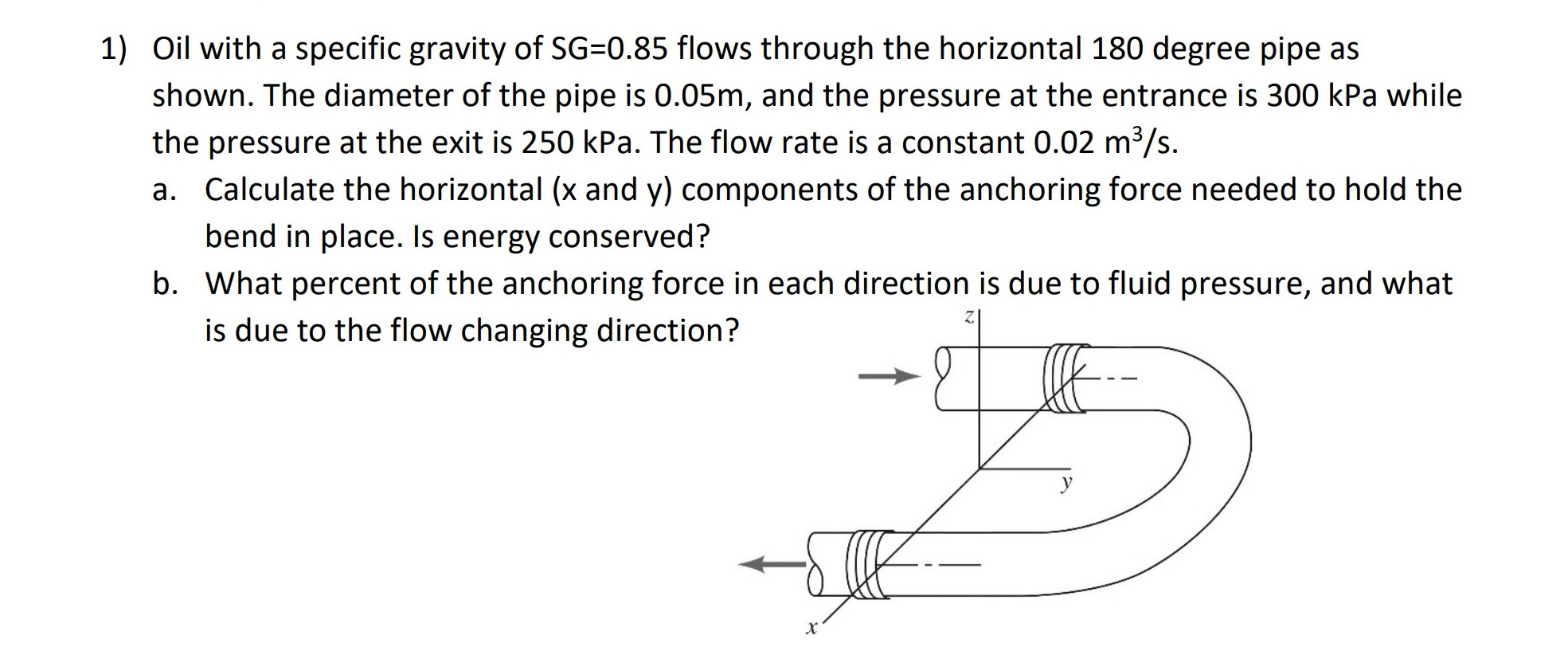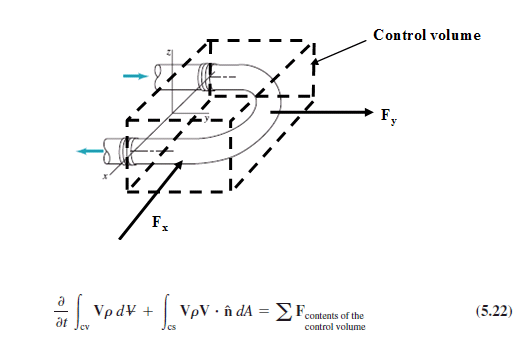

One end of the rope is attached to the hook provided at the bottom of the top pulley block and the effort is applied at the other end. The top pulley block is fixed in position to the top support whereas the bottom pulley block can move vertically along with the load which is attached to it. In a pulley block, pulleys may be arranged side by side or maybe one below the other as shown in the above second-order pulley system. This system consists of a top pulley block and a bottom pulley block. The below figure shows a second-order pulley system. In general, in the first order pulley system, velocity ratio (VR) is given by 2 n, where, n is the number of movable pulleys present in the system. If there are only two movable pulleys, then the velocity ratio would be 4 which will be 2 2. It is to be noted that in the system considered, there are three movable pulleys and the velocity ratio is 2 3. P = W/8 and hence Mechanical Advantage (MA) = W/P = W/(W/8) = 8 = 2 3īut in an ideal machine, Velocity Ratio (VR) = Mechanical Advantage (MA) Hence, an effort equal to W/ 8 is required to lift a load W. 3 is W/4 and tension in the rope that passes over pulley No. Then tension in the rope that passes over pulley No. In an ideal pulley system (friction = 0), the rope which passes over pulley No. Let an effort P be applied to lift a load W. Therefore, the first pulley is termed a fixed pulley and the others as movable pulleys. Similarly, a number of pulleys can be arranged as shown, when an effort is applied to lift the load except for the first pulley all other pulleys move vertically. 2 and the other end to the top support which makes a loop in which pulley No. One end of another rope is tied to pulley No. 2 is suspended and effort is applied at the other end. A rope passes over this pulley and one end of this rope is tied to the support at the top, making a loop, in which pulley No. 1 is fixed in position to support at the top. First Order Pulley SystemĪ first-order pulley system is shown in the below figure. This method of determining velocity ratio is used for various pulley systems considered here. the effort is the force required to overcome the resistance to get the work done by the machine. Load is the resistance to be overcome by the machine. Velocity Ratio: This is the ratio of the distance moved by the effort to the distance moved by the load in the same interval of time.

Thus, if W is the load and P is the corresponding effort, then Mechanical Advantage: This is the ratio of load lifted to effort applied. Then applying Velocity Ratio (VR) = Mechanical Advantage (MA) for the ideal machine, the velocity ratio is found. In such cases, ideal conditions may be assumed (neglecting friction) and mechanical advantage may be found first with the leaver Arm. Depending on the arrangement, pulleys are classified as:Īt times, it may be difficult or maybe detour to find the velocity ratio directly. It just performs by changing the direction of the applied force. In this case, the velocity ratio is equal to one since the distance moved by effort is equal to the distance moved by the load. In its simplest form, it consists of only one pulley over which a rope or chain passes as shown in the below figure. However, the increased number of pulleys used decreases the efficiency of the system due to friction.Ī systematic arrangement of one or more pulleys may provide a simple and convenient lifting machine. Mechanical Systems typically use multiple pulleys to increase mechanical advantage as it reduces the force needed to lift or pull the weight. We have many applications in the following segments.Ī specialized block and tackle system are widely used for sailing vessels and fishing ships to allow operators to lift heavy loads with minimal force. We mostly see pulleys in sailing ships, cranes and conveyer belt systems. A pulley is a wheel on an axle or shaft that is designed to support movement and change of direction of a taut cable or belt or transfer of power between the shaft and cable or belt.


 0 kommentar(er)
0 kommentar(er)
